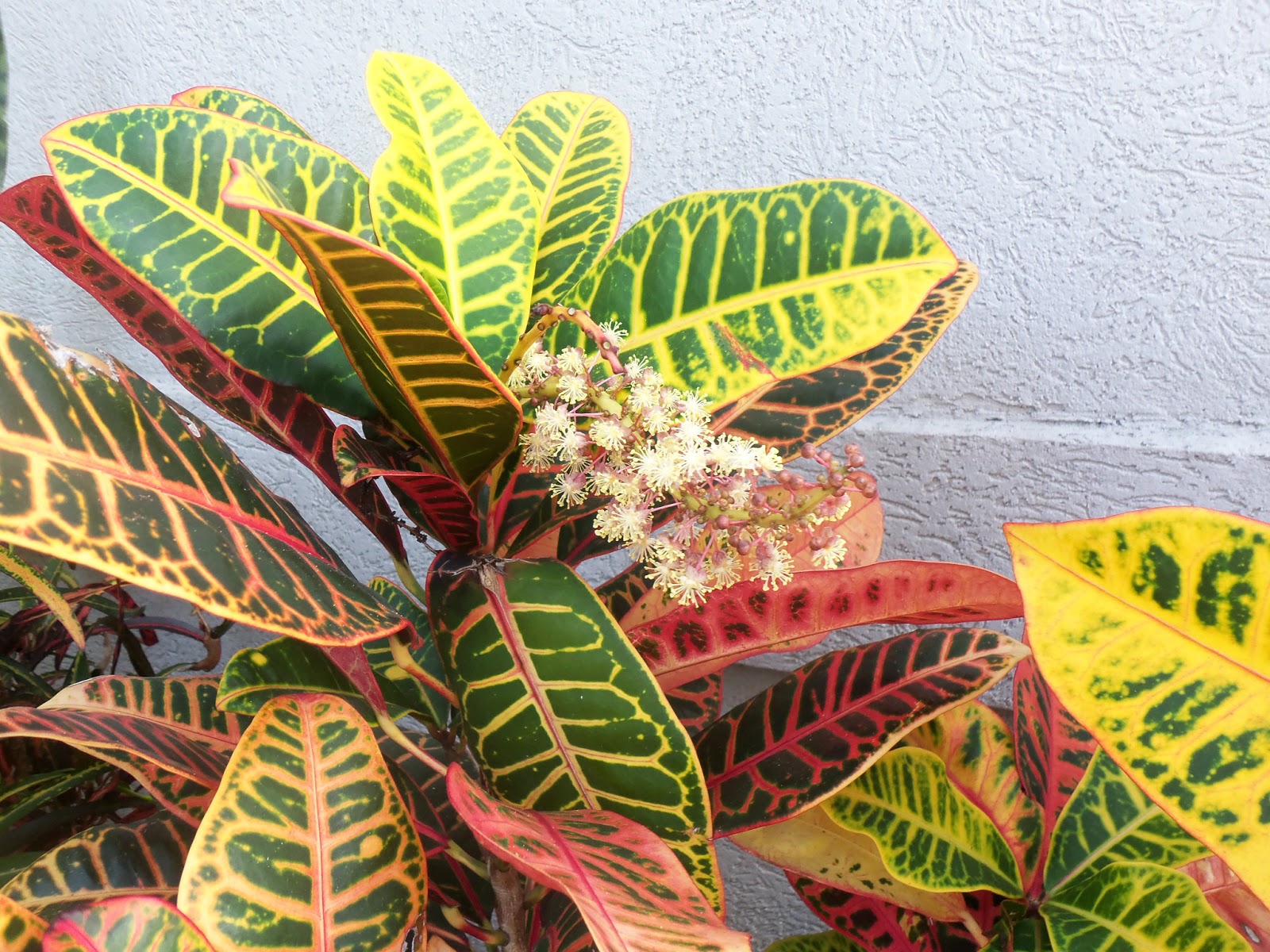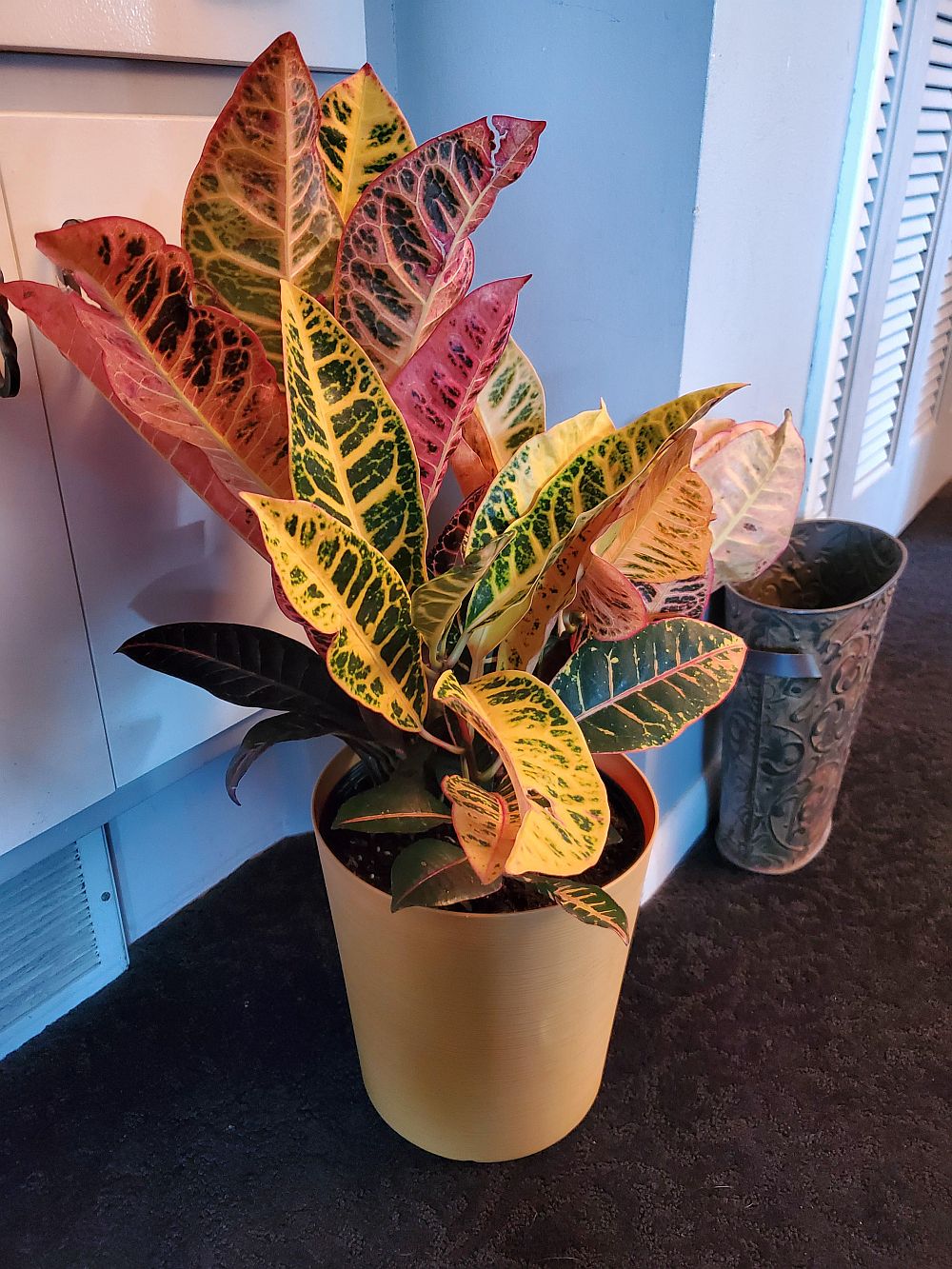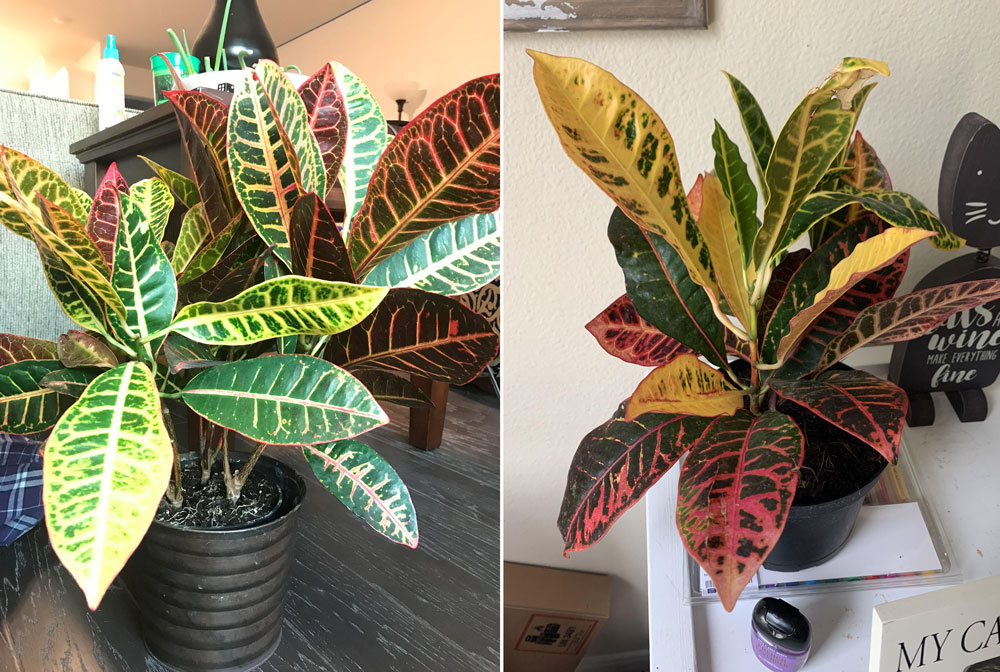Croton Magnificent Care: How to Grow the Codieaum Variegatum
If growing a multi-colored indoor plant is your unfaltering fetish, then you can never go wrong with any Croton variety. And the Magnificent Croton, to be particular, is one incredible houseplant with an exotic aesthetic that richly fits in any corner of your living space.
What’s more intriguing about this plant is its prowess to withstand extreme conditions, without waning off or losing its multi-layered color code.
In this guide, we’ll have a concise learning experience on everything it takes to keep the Croton plant alive, and most importantly, in good shape all year round.
More About the Croton Magnificent Plant
High chances are, you’re probably inquisitive about where this perennial plant derives its DNA from. The Magnificent Croton is natively from the tropical regions of Southeast Asia, mostly in India and Malaysia. And if you look around, you’ll hardly find a shrub that’s dense-green as the Croton plant.
Its formal scientific name is Codiaeum Variegatum and the plant belongs to the Euphorbiaceae family.
How tall does the croton magnificent grow?
This variegated perennial is seemingly a slow-growing plant. Roughly, it can potentially reach up to 6’ to 8’ feet tall when grown under normal nurturing conditions. It also spreads to about 3-6 feet in width. But if you give it the optimal requirements it needs, this shrub can grow up to 10’ feet tall.
The most pleasant Croton varieties you’ll highly likely find on display in your nearest gardening retail store include;
- Gold Dust
- Banana Croton
- Oakleaf Croton
- Yellow Iceton Croton
- Zanzibar Croton
- Mammy Croton
- Petra Croton
- And the list goes on…
Brief Hints About Other Notable Varieties
I’d take a wild guess that the Petra variety would also strike you as a fetching and elegant outdoor cultivar, for its foxy foliage.
It has yellow-green and deeply veined leaves that bring some type of graceful inspiration in your garden space. But if you’re keenly interested in adopting an ever-green Croton, the Gold Star is one perfect variety that’ll do you no harm during your maintenance routine—it gives more for less.
I also find the Oakleaf to have dark-green leaves and a bronze touch on the edges, with striking veins in yellow, red, and orange.
While the term Croton sounds like a plant from the farthest end of Utopia, it’s crucial to note that’s it’s used on all the varieties in this family, so don’t get overly muddled over why the name is the same for each species.
But why grow the Magnificent Croton over other varieties?
For a couple of decades, this perennial has been the most favorite plant for many households in Florida looking to revamp their outdoor landscape. It’s has been the most sought after landscaping plant since it grows gorgeously under USDA hardiness zones 9 through 11.
Although this plant is quite resilient no matter where you place the growing medium, there are some extra handy tips you might need to keep tabs with so you can make it have solid longevity. You could be wondering why it earned the name “Magnificent” over other varieties. It’s plainly because this plant has dazzling foliage with a cocktail color code of green, orange, yellow, and scarlet splotches on the surface of the leaves.
How to Care for the Magnificent Croton Plant
Being a perennial shrub, you’ll just need to do the bare minimum when it comes to the nurturing requirements. I, however, got madly disappointed with my first Croton since the leaves began to wither and eventually dropped during winter. I later did some digging and learned a few hacks that I now use to keep my new Crotons in fine fettle on every occasion—whether it’s under warm or extremely freezing conditions.
Soil & Transplanting
There’s nothing much you’ll need to do when it comes to the essential soil requirements that help your Croton plant to bloom rapidly. Most perennials, including all Croton varieties, grow wildly in a well-draining potting mix. If the soil isn’t permeable and retains water for long hours, the roots could begin to rot, and hence, the plant will die in the long run.
Ideally, use rich and moist soil with a pH of between 6 to 6.5, thereabout.
It’s far more suitable to use organic compost together with some portion of peat moss, compared to synthetic fertilizer which tends to damage the soil structure and essential microorganisms. You want to plant your Croton in a significantly large container since it grows huge, over time.
This would help protect the plant from overgrowing the pot and tipping over when it hits its maturity stages.
But if it grows aggressively tall and wide, you’d definitely need to transplant it into a bigger container. Just make sure the new growing medium is about 3’ inches wider than the previous one and carefully remove the plant from the old pot without damaging the roots.
Light, Humidity & Temperature
The secret sauce to help make your Croton plant produce bright foliage with a yellow, orange, and green color scheme—is giving it around 6 to 8 hours of light access.
Although other varieties such as the loves bright and direct sun exposure, the plant tends to develop a beaming color tone when growing under partial shade. When it’s summer and the temperatures are exceedingly high, the leaves might get botched, so you want to keep the medium under modest heat levels. Therefore, if you’re looking to grow your Croton indoors, place it on a windowsill that’s facing east or west.
Besides placing the container somewhere with radiant lighting, you also want to grow your perennial shrub in a surrounding with adequate humidity, and if this isn’t possible, you can enhance it using a digital humidifier—it works equally well. The most rewarding room temperature if you’re looking to own a plant with plushy, multi-colored foliage, is 60°C. Anything below that could ruin its aptitude to survive indoors.
Depending on how old your plant is, the leave might begin to drop if the temperatures fall to around 40-45°C. It’s needless to say that warm conditions accelerate the growth hormones and the leaves burgeon like a streak. When it’s winter the leaves might start losing their color, especially if they’re under low light conditions.
Watering & Feeding
Crotons mature so quickly when the soil is evenly moist. While watering your plants, you also want to strike a balance between the right potting mix and the most conducive pH. These three are essential when it comes to making the rooting hormones take in all the needed macronutrients, especially during the growth stages.
But again, be careful not to overdo it—the roots might begin to rot if soaked in water for extremely long hours. And it so happens mostly during winter when it’s cold and the hormones are dominantly numb. Allow the first few inches of the topsoil to dry out completely before watering your plant again.
The key takeaway to note before feeding your Croton plant is, you need to wait till it’s summer or spring so you can spray soluble fertilizer, either once or twice, during each season. While it’s worthwhile speeding up your plant’s growth using fertilizer, most Croton varieties don’t necessarily need it much often—except for instances where the soil structure isn’t rich enough to enhance rapid growth. Limit the fertilizer feeding intervals during winter since the hormones are dormant at this time and barely absorb the essential nutrients such as phosphorus or nitrogen.
Grooming
One of the things that help Crotons shape up to your visual expectations is pruning. You can pluck off the dead leaves to maintain its gleaming appeal, throughout all seasons. Moving your medium from one location to another would potentially lead to your plant losing a few leaves during the whole transition process. While it tries to mutate to the new humidity/temperature levels, it’s normal for the plant to shed a few leaves. To keep the leaves ever-glowing, use a wet towel to dust them off every so often.
How to Propagate Your Croton Magnificent Plant
And in order to carry out a fruitful propagation exercise, use a sharp knife to make a few cuttings and let the tips to dry out before planting them. For it to swiftly develop a few sturdy roots, cover the cuttings with a plastic bag, add water, and place them somewhere with high humidity and temperature levels.
You’ll need to plant it in a container using a potting soil mix that’s made of compost, perlite, sand—to make it permeable after watering, and a sizeable portion of soluble fertilizer to optimize the growth rate. The most suitable temperature during the entire propagation process is anything between 21-25°C. Whether you’re looking to grow it indoors or outdoors, it’s worth using a bigger container so you don’t keep on transplanting it every year.
Pests/Diseases You Might Deal with
For the most part, you won’t have to struggle with serious pests or diseases. This plant is also somewhat drought and heat tolerant. The only trivial problems you might need to deal with are spider mite and mealybug attacks, especially if you wish to grow your Croton plant indoors.
You also need to always sterilize all your gardening tools so you don’t infect your plant with bad bacteria or root aphids. If you spot any white residue that’s powdery, that could be a sign of a mealybug attack. You can use alcohol to get rid of aphids on the leaves and prevent the infestation from spreading further.
Toxicity Levels
The sap from this plant contains microdoses of poisonous elements that carry high toxicity levels. It causes irritation on the skin or stomach upsets that could lead to vomiting and diarrhea when ingested in large quantities.
Perks & Uses of The Magnificent Croton
You can grow the Magnificent Croton in a container and use it to glamorize your outdoor space. It’s such a hardy plant that isn’t hard to please and are suitable for landscape borders.
Apart from using it as a houseplant can propagate the Magnificent Croton multiple times and use it to bring out a colorful, radiant pattern in your garden.



